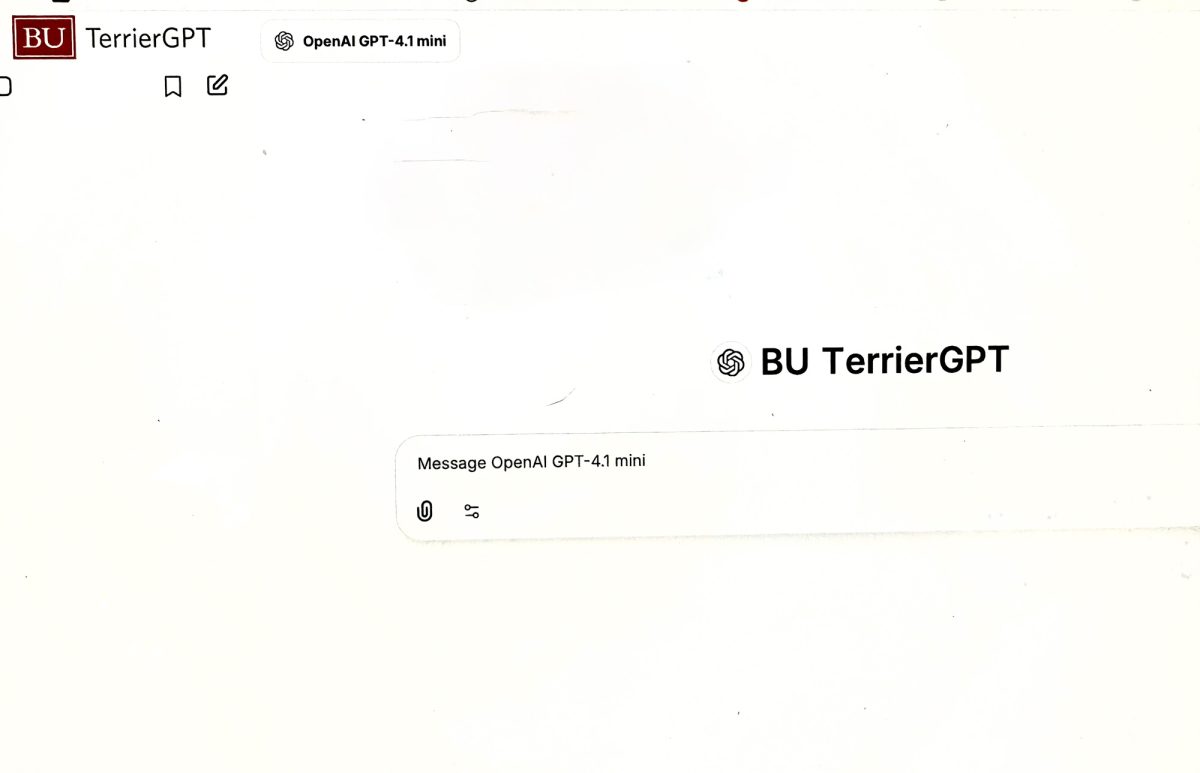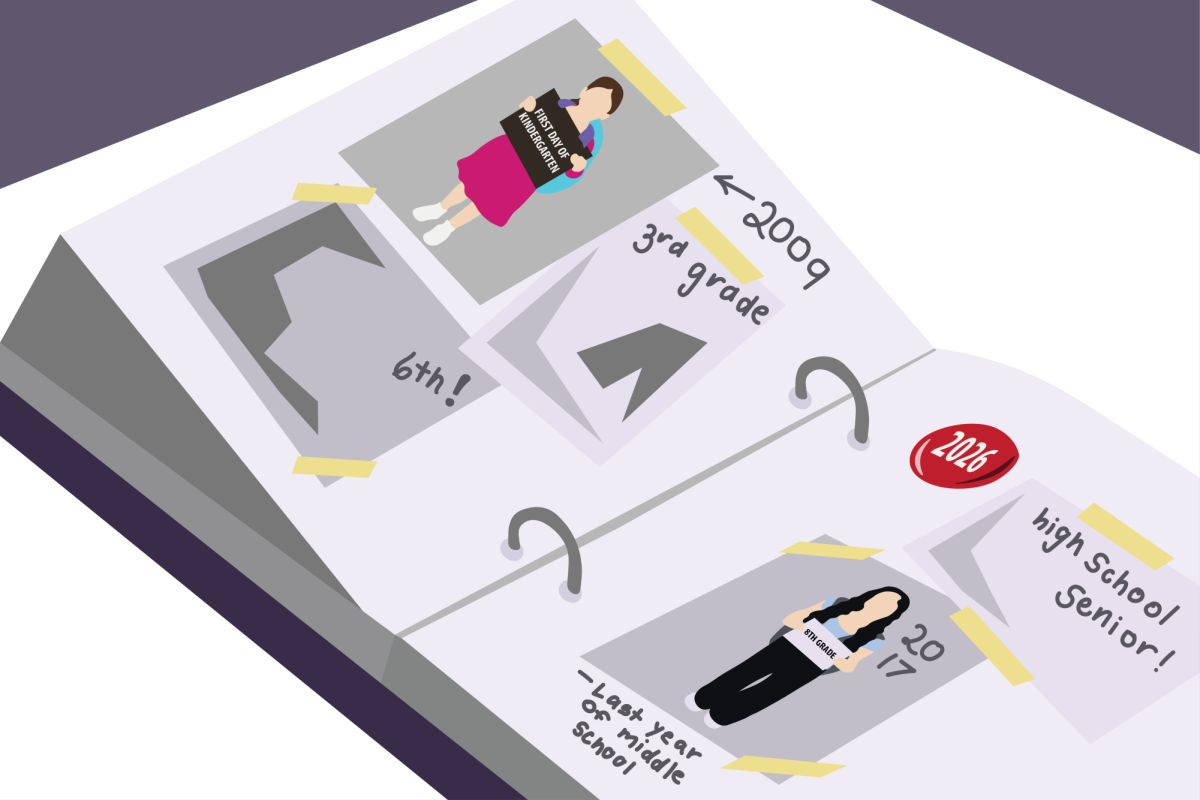“Every subway system seems to have a different, looming history, whether it’s pickpockets, side-swiping someone’s head, screeching to sudden halts or shady individuals looking to push someone in front of an oncoming train. These fears are quickly overshadowed in Japanese novelist Haruki Murakami’s “Underground,” a non-fiction account of a Tokyo subway gas attack.
During rush hour on March 20, 1995, members of Aum, a religious cult, puncture packets of sarin on five different lines of the Tokyo subway system and carried out the attack. The attack left 12 people dead and thousands injured, both physically and psychologically. Part of Murakami’s goal in “Underground” is to understand the effects the attack had on the lives of the people who lived through it and those who lost relatives in the process.
Early in the book, which documents interviews Murakami conducted with victims of the attack and members of the Aum, one of the victims describes the scene outside an underground station on the day of the attack.
“‘Once out the exit, I took a good look around, but what I saw was – how shall I put it? – ‘hell’ describes it perfectly. Three men were laid on the ground, spoons stuck in their mouths as a precaution against them choking on their tongues. About six other station staff were there too, but they all just sat on the flower beds holding their heads and crying,’” she recalls.
As this woman’s account progresses, she realizes their tears are actually a direct result of the sarin gas and not an emotional response.
The 32 interviews with victims in this book are affecting and touching without ever being melodramatic or sensationalized. In fact, part of what Murkami desired to accomplish in his work was to tell the true story of what occurred and try to offer an account different than the simplistic and skewed version presented by mass media. He allows each individual to tell his personal account of the incident and gives the reader the freedom to put together the story. To some degree, Murakami is trying to bring the reader down to the same level of confusion as the victims, many of whom, on the day of the attack, didn’t know what had happened until hours later when they saw it on the news.
Another of Murakami’s objectives with “Underground,” according to recent interviews, was to fulfill his sense of responsibility as a Japanese writer by understanding the common Japanese man. Murakami has never led the “salaryman” life, so it isn’t surprising that the characters in his novels tend to be jobless free spirits. While the book intends to analyze what effect the gas attack had on the Japanese psyche, it also looks at how the Japanese psyche affected the way people behaved during the attack.
In one interview, subway station worker Sumio Nishimura explains why he picked up the packets of sarin gas. “‘Work means you fulfil your duties. You can’t look the other way,’” he said.
Like Nishimura, most of the people Murakami interviewed for “Underground” take their work so seriously that after coming above ground after the attack, they rushed to work and remained there for a few hours before supervisors noticed they were suffering symptoms of sarin gas and should seek medical help. Although Murakami likely does not aim to criticize the Japanese “salarymen,” the book nevertheless presents the mind frame of the “salarymen” as so focused on work that they keep their normal routine despite serious physical damage.
This idea is best explained by another victim of the attack, Shintaro Komada, who still uses the subway despite habitual fears. “‘Even now I don’t like it, but I have to. After experiencing something like that, the fear of going underground in a metal box and something bad happening is overpowering, but what choice does a salaryman have? There isn’t any other way to get to work,’” Komada told Murakami.
Of all the accounts from victims in the book, the two that seem to be the crux of emotion – and two singled out by Murakami in an essay after the victims’ interviews – are the most unorthodox of the group. An interview with the Wada family unveils the affect the attack had on the family of one of the men killed and how his wife raised her daughter, who was born after the attack. She ends her tale by telling Murakami that she’s going to wear her husband’s skiing gear and teach their daughter to ski because it’s what he would have wanted.
In the other central account, Murakami writes of his meeting with Shizuko Akashi, a woman slowly recovering from a coma due to the attack. In this narrative he wonders, “People the world over torn to religion for salvation. But when religion hurts and maims, where are they to go for salvation?”
Murakami’s quest for answers compelled him, months after the initial interviews, to talk to members and ex-members of Aum, the cult that gassed the subway. These interviews are more aggressive than the victim interviews, – Murakami interrupts the Aum members to keep them on track – but, despite the confrontation, they seemed much less interesting and useful than the others. Perhaps this is simply a desire to turn in disgust from the cult the same way the Japanese refused to accept the cult as a segment of Japanese society.
One subtlety that makes these interviews worth their appearance is the parallels between Aum members and victims. Ken’ichi Yamazaki, a victim, and Akio Namimura, an ex-member of Aum, both ride the subway because their driver’s licenses were revoked. One of the victims, in fact, went to the same school as cult-leader Shoko Asahara.
At one point in the book, Murakami stops dead in his narrative tracks and writes, “I have to say it out loud: they should never have done what they did. For whatever reason.” Murakami’s need to make that statement clearly and succinctly, leaving no doubt as to exactly what he means, is perhaps more scary than the images of the gas attack “Underground” brings to the forefront.




















































































































